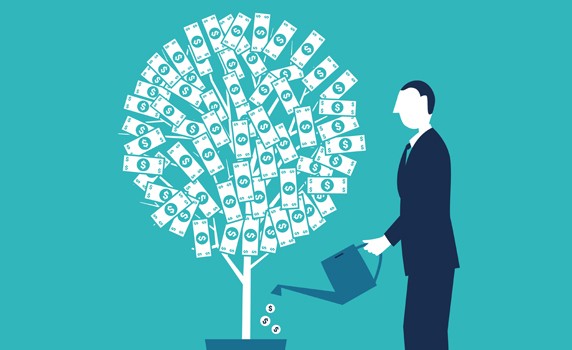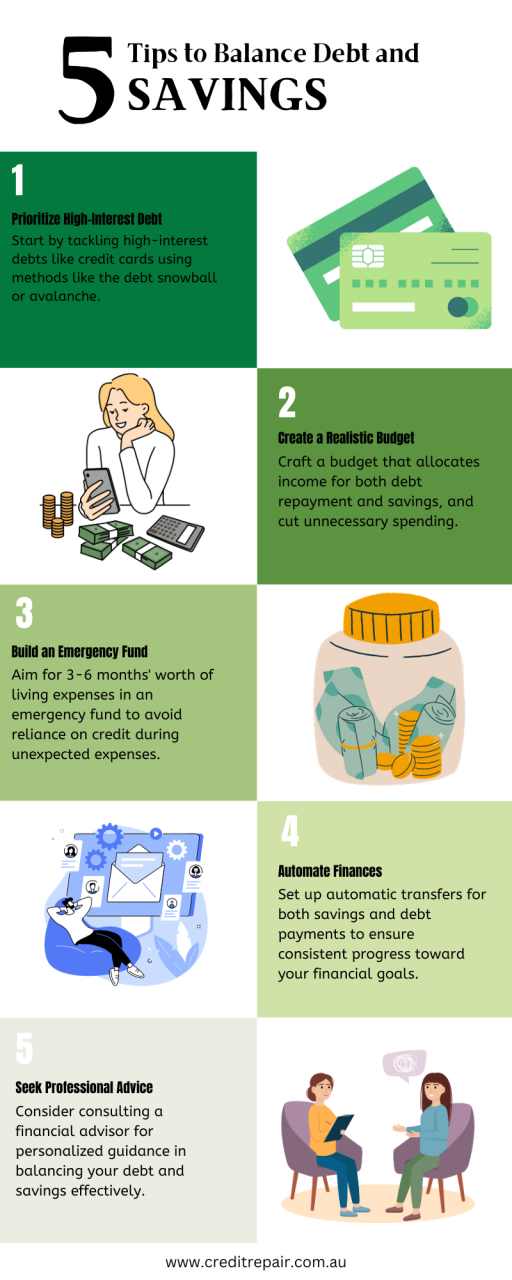Wednesday, 1 March 2023
Post-bankruptcy: what to do after declaring bankruptcy
Declaring bankruptcy is a difficult and frightening time. However, it’s far more common than you may realise. In 2017 alone, there were over 7,500 acts of personal insolvency in Australia, including bankruptcies, debt agreements and personal insolvency agreements, according to Australian Government statistics.
Take heart that it’s entirely possible to recover after personal insolvency and get yourself back into a solid financial position. Expert help, including from Credit Repair Australia, can help smooth the path and transition back to financial stability.
What happens after my bankruptcy?
A trustee or entity will be appointed to manage your bankruptcy. They will work with you and your creditors to achieve the best possible outcome for all parties. During bankruptcy, you are obligated to provide information to your trustee, such as any changes to your personal circumstances. This may include having to supply bank statements and other documentation. When you apply for voluntary bankruptcy, you are able to nominate a registered trustee. If you don’t nominate a trustee, you will be appointed an Official Trustee by the Australian Financial Security Authority (AFSA).
How is my employment, income and business affected?
If you earn over a set amount, you may have to make compulsory payments to your trustee. There may also be restrictions on your employment and ability to be an officer of a company and run a business. Full information can be found on the AFSA website.
What happens to my debts?
After your bankruptcy ends, most of your debts are released and you no longer have to pay them. However, there may be some debts that you still need to pay.
- Bankruptcy covers most unsecured debts, such as:
- Credit and store cards
- Unsecured personal loans and pay day loans
- Utilities such as gas, electricity, phone and internet bills
- Overdrawn bank accounts and unpaid rent
- Medical, legal and accounting fees
Bankruptcy does not cover:
- Court imposed penalties and fines
- Child support and maintenance
- HECS & HELP debts (government student loans)
- Debts you incur after your bankruptcy begins
- Unliquidated debts (e.g. a debt where you and your creditor are yet to determine the amount)
Will I still be able to get credit?
While there’s nothing stopping you from applying for credit, you are likely to have trouble getting approved. You will most likely need to start with a secured credit card and slowly rebuild your credit history from there. Your credit report will show a record of your bankruptcy for either two years from when your bankruptcy ends or five years from the date you became bankrupt, whichever is later.
What can be repossessed?
Your trustee may be authorised to take and sell certain assets to help repay your debts. You will be able to keep ordinary household goods, funds in a regulated superannuation fund, tools up to a set amount that are used to generate income, and vehicles with a value up to a set amount. Other assets, such as real estate property, may be sold. You will have to declare your assets when you apply for bankruptcy.
Can I still travel overseas?
You will have to request permission from your trustee to travel overseas, as it’s an offence to travel overseas without consent in writing following bankruptcy.
What if I’m facing personal insolvency but haven’t declared bankruptcy yet?
If you are at risk of bankruptcy, it’s important to explore all of your options first. There may be other solutions available to you, which can prevent the need to take this serious step. Among them, negotiating with creditors, a debt moratorium, debt consolidation, a debt agreement or personal insolvency agreement.
If you’re facing personal insolvency, Credit Repair Australia can help. Talk to us about our debt solutions.
since version 3.0.0 with no alternative available. Please include a comments.php template in your theme. in


 You're an Australian resident
You're an Australian resident You're between 18-65 years old
You're between 18-65 years old You or your partner have a regular income
You or your partner have a regular income You may need to borrow money or take control of your debt
You may need to borrow money or take control of your debt You may have been declined for a loan or have trouble paying your debt
You may have been declined for a loan or have trouble paying your debt We'll work with you fully understand your financial situation
We'll work with you fully understand your financial situation We will help you understand your credit report and the areas for improvement
We will help you understand your credit report and the areas for improvement You may yourself without charge obtain a copy of your credit record and challenge any entry on your credit report
You may yourself without charge obtain a copy of your credit record and challenge any entry on your credit report If you're applying for credit restoration improvement, we cannot guarantee that all adverse credit notations are removed from your credit report
If you're applying for credit restoration improvement, we cannot guarantee that all adverse credit notations are removed from your credit report We can only use our best endeavours to ensure that your credit record is true and correct
We can only use our best endeavours to ensure that your credit record is true and correct We will not provide you with any Insolvency services unless and until we've advised you that you may obtain help, free of charge, with credit and debt related problems from community based financial counsellors.
We will not provide you with any Insolvency services unless and until we've advised you that you may obtain help, free of charge, with credit and debt related problems from community based financial counsellors.





Leave a Reply